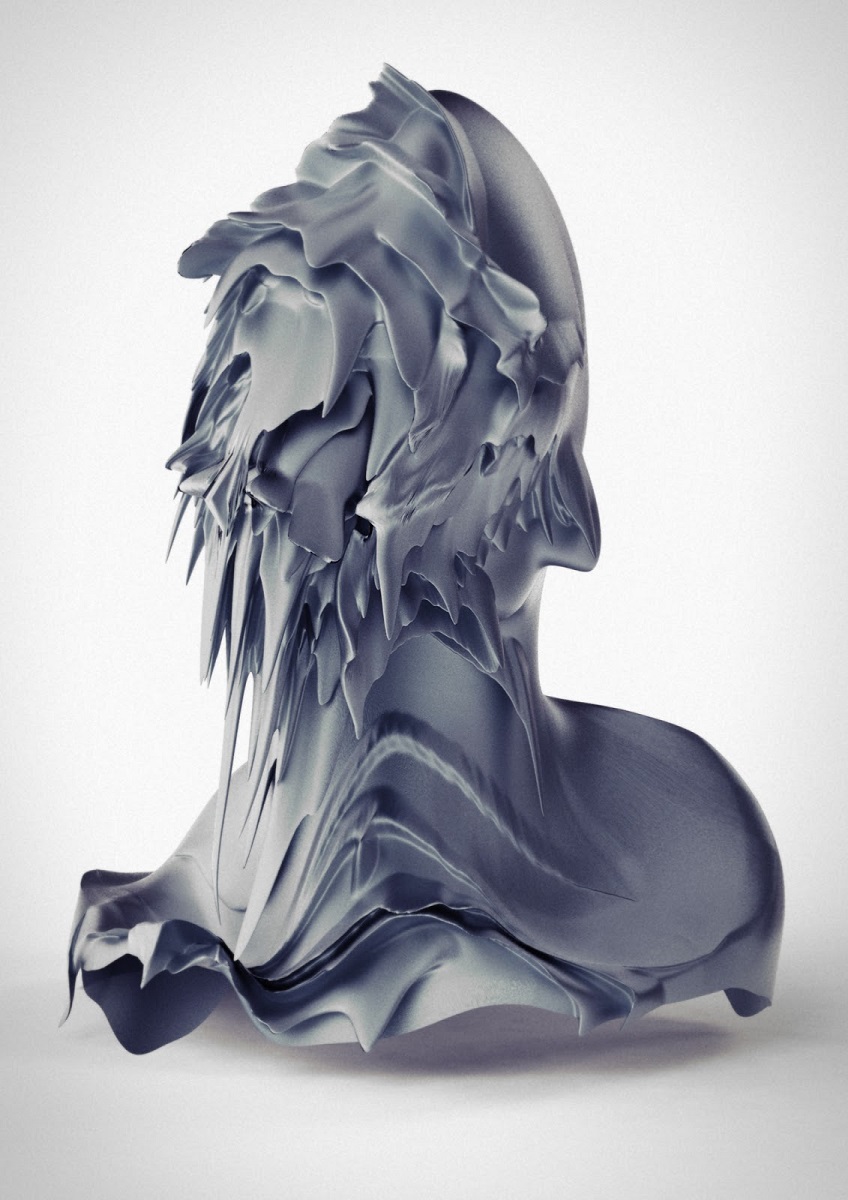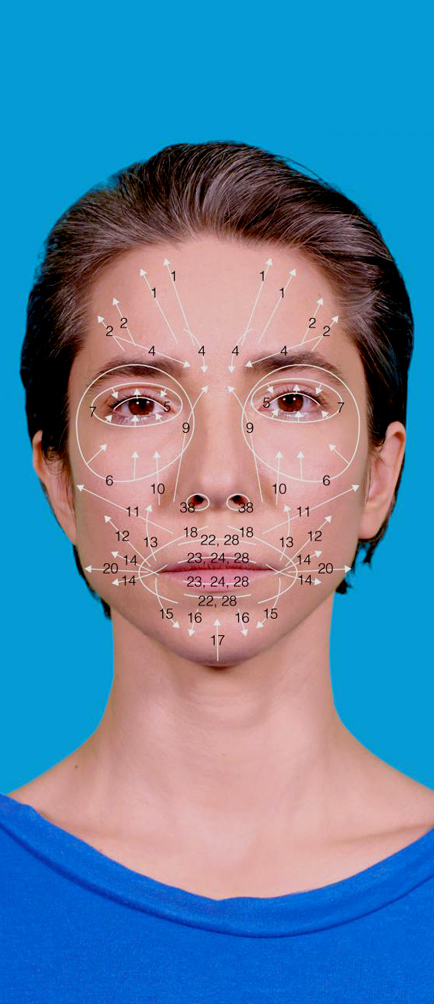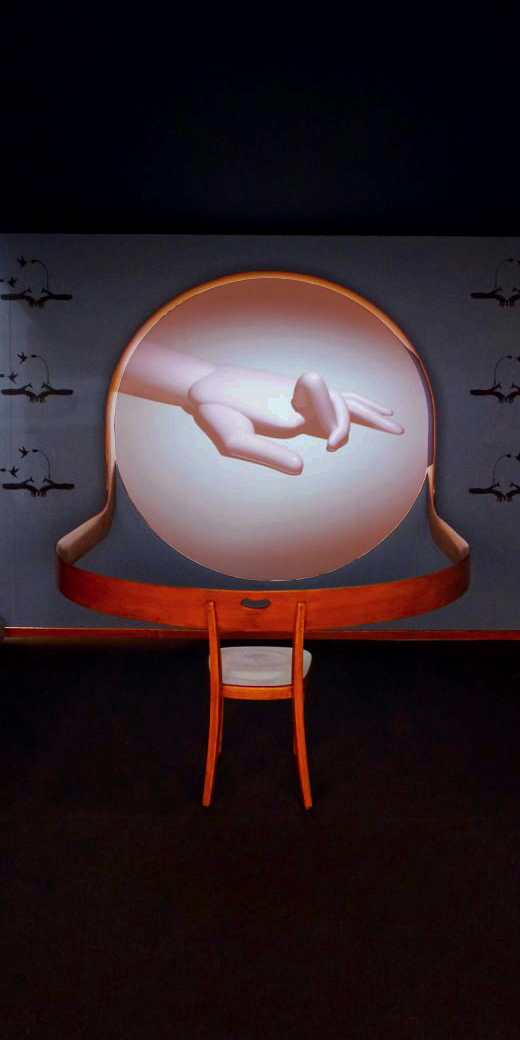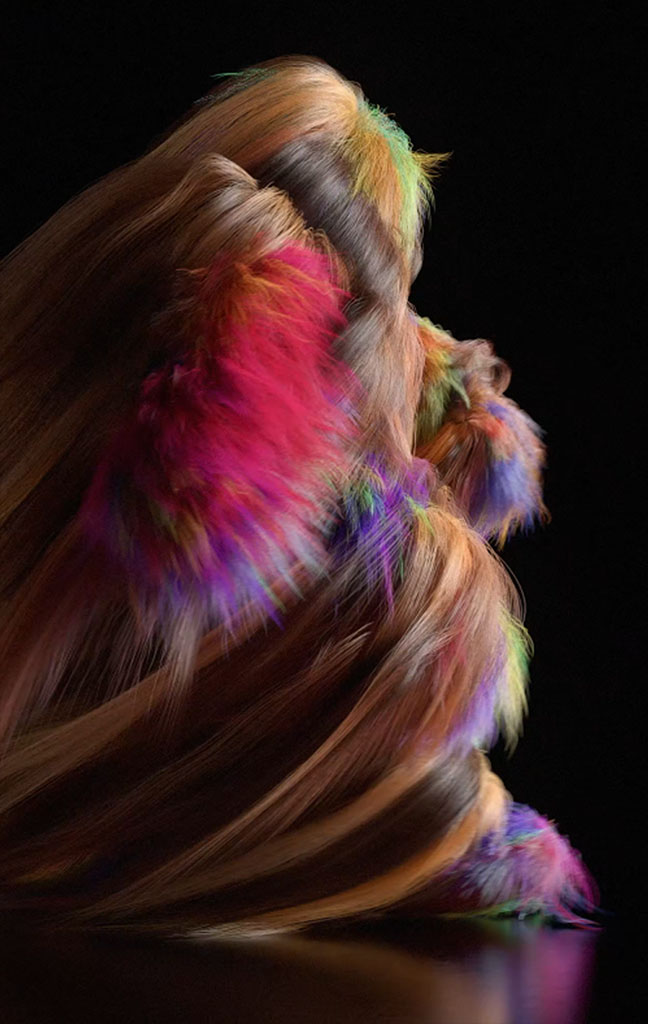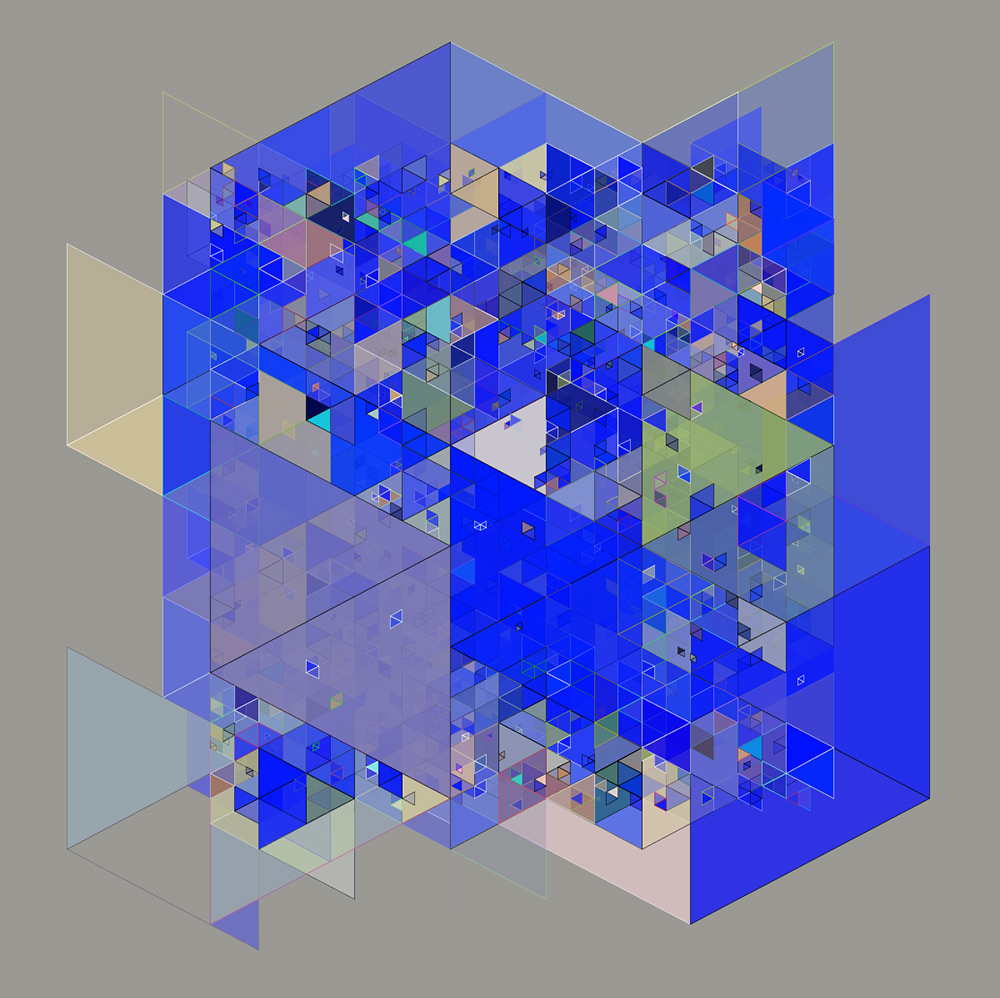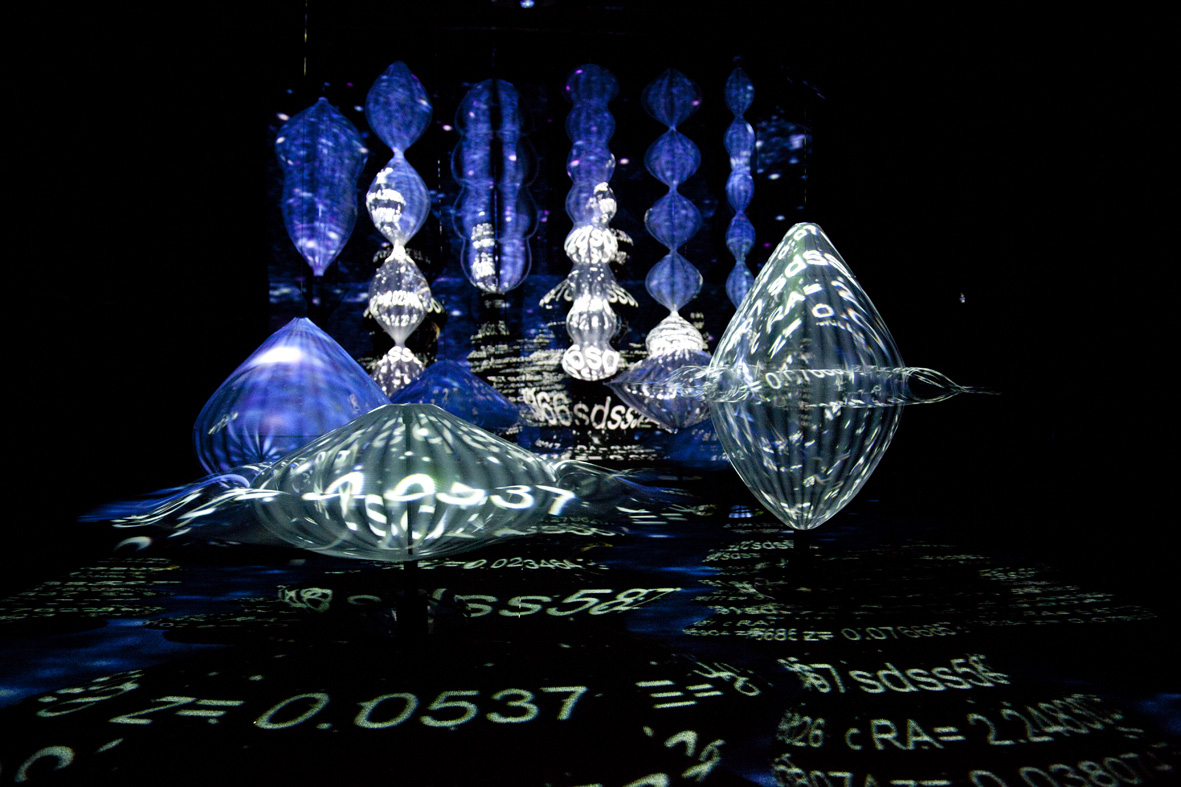manimals
Der alte chinesische Tierkreis besteht aus einem Zyklus von zwölf Tierzeichen, die mit Geburtsjahren verbunden sind. Sie sind: Ratte, Ochse, Tiger, Kaninchen, Drache, Schlange, Pferd, Schaf, Affe, Hahn, Hund und Eber. Es wird angenommen, dass eine Person Verhaltens- und Persönlichkeitsmerkmale, manchmal sogar körperliche Merkmale, in Bezug auf das Tierjahr aufweist, in dem sie geboren wurde. In den zwölf Porträts der Serie „Manimals“ interpretiert der Künstler Daniel Lee den chinesischen Tierkreis in der Gegenwart Begriffe durch Computermanipulation von fotografischen Bildern. Jedes Porträt repräsentiert das Tierzeichen dieser Person. Die “Manimals” -Serie besteht aus zwölf 24 “x 30” -Farbfotos. Die Originalbilder wurden mit Ektachrome in einer Mittelformatkamera fotografiert, dann digital konvertiert und mit der Adobe Photoshop-Software auf einem Macintosh Quadra 950 neu angeordnet.


